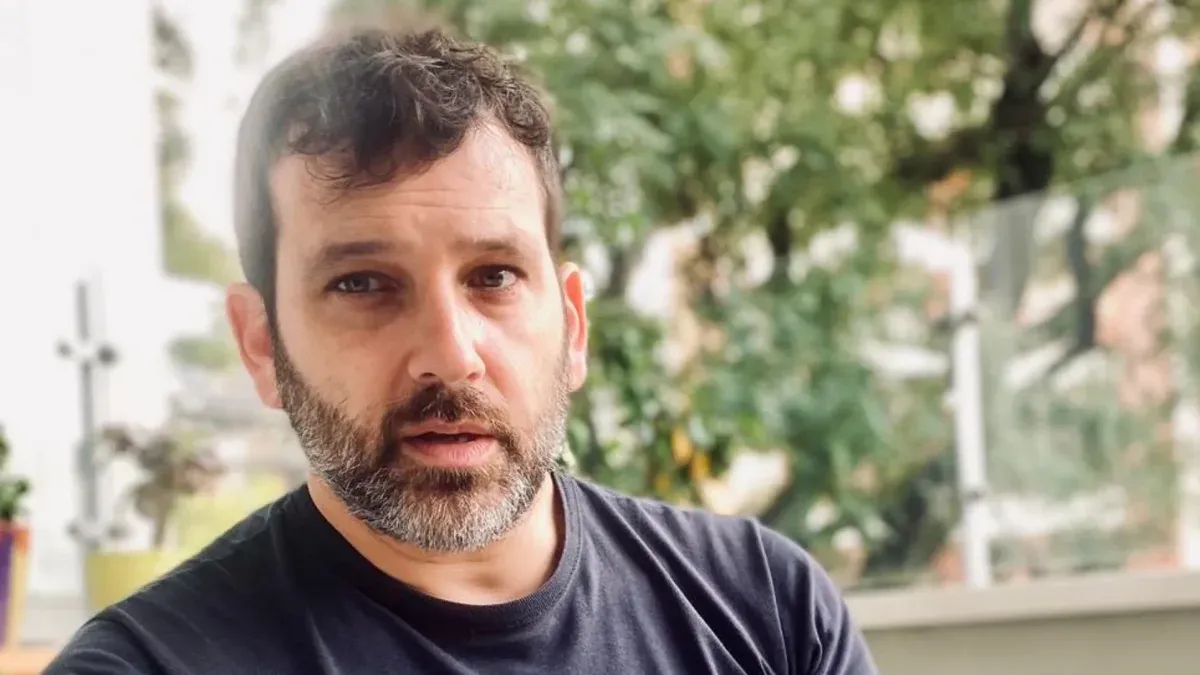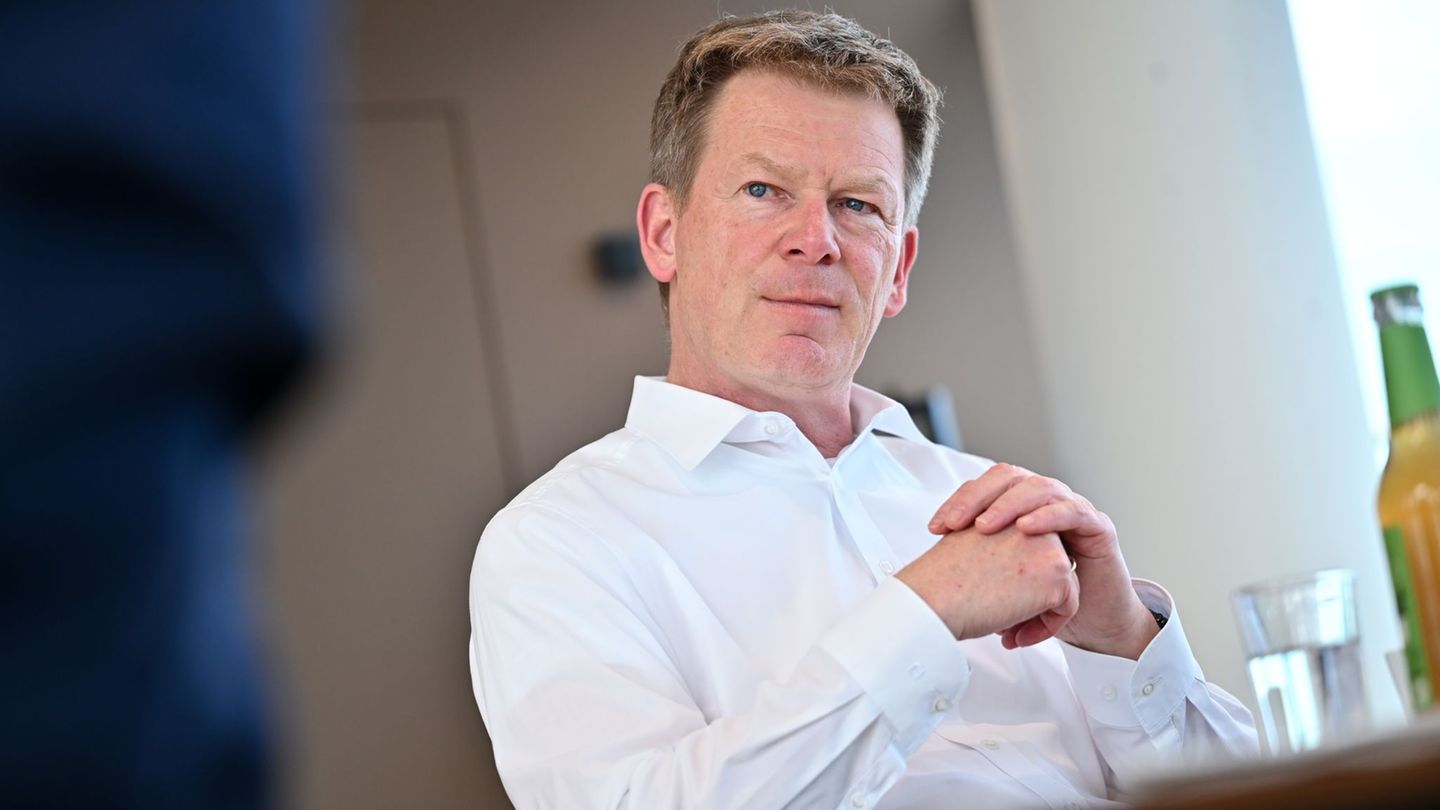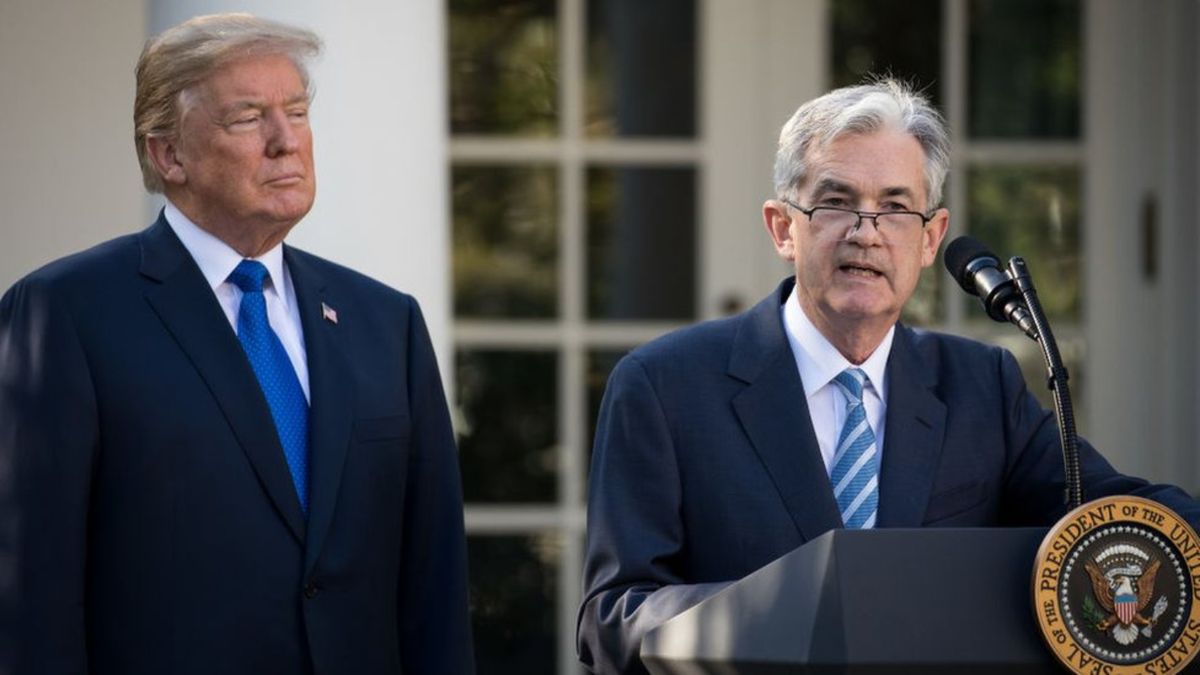A secession war divides Argentina in two, a ruined, poor nation, and a new and thriving one, the free State, in “The Refugee” (Seix Barral) new novel by Gonzalo Garceswho won the Seix Barral Prize with “The impatient ones”We talked to him.
Gonzalo Garces: I imagined the story for twenty years with images of contemporary Argentina mixed in dreams with moments of our history, Rosas, Sarmiento, and issues, such as the rift, that marked us in recent years. A journalist, Luis Alberto Cossa, had warned of the danger of Secession, trying to prevent it. Finally, a civil war created two countries, the Free State in the north, and Argentina in the south. When Cossa returned from Brazil, where he had escaped, he got his job back and decided on prime time television to reveal who had carried out the Secession and why.
GG: Julian is naturally clumsy and being a detective is not his job. He investigates because he always had the ambition to write chronicles in the style of Tom Wolfe or Leila Guerriero. When Cossa is murdered, he, who was the last to interview him, feels a filial responsibility, as if he were a father and had to investigate and make his explosive report known. Emilia, his girlfriend, is practical, intelligent, and without intending to, she investigates better than him. She knows how to detect dangers, although it is not what matters most to him in life.
Q: In Emilia and her family, is Julian “the refugee”?
GG: He comes from a cold, distant, upper-class family. In Emilia’s family, which is lower-middle class, family-oriented, and affectionate, he finds a promised land, his country.
Q: How did the idea of Secession come about?
GG: I think that the idea of secession has always been in the Argentine imagination. While other countries thought about expanding their territory, Argentina is the only case, that I know of, in which its military, ideologists and intellectuals, and quite a few of the common people, asked themselves from the very beginning what they were going to do without, what part of their territory or population they should get rid of in order to be a prosperous country. For Rosas it was getting rid of the Unitarians, the liberal elite, the cosmopolitan city. For Sarmiento it was getting rid of the gaucho, the federalist, the Indian. Two sides of the divide.
Q: Does the rift driven by a secret society refer to that of “The Seven Madmen”?
GG: What I was dazzled by in Arlt was this conspiracy whose participants are poor devils, not great brains but broken people. The Melancholic Ruffian is a psychopath, the Astrologer a castrated man who begins the feat out of resentment, Erdosain a humiliated, indebted, desperate cuckold. They think that the revolution will be made by the unfortunate, the broken. In “The Refugee” there is something of that. The central part, which spans from 1810 to 1970, traces the path of the secret society The Circle. It is revealed by Hipólito, a failed writer who never understood what he was doing. Being a member of the Secession was for him to feel special and unique.
Q: The Circle makes a secession from Freemasonry, its origin, and goes for the secession of the country between the old Argentina and the new free State.
GG: This is based on the idea that countries need an enemy to prosper, and for that they have to produce an opponent. The enemy forces the nation to sharpen its wits, to live on alert. It drives technological innovation and generates prosperity. This idea of Carl Schmitt served both left and right sectors. The Circle does not seek to destroy Argentina but to divide it in two, and since there are two nations, by virtue of the enemy at their doors, they seek to compete and be better.
Q: The Circle makes the Free State its utopia, the modern, dreamed-of country, a paradise.
GG: “The Refugee” does not offer the idea of a real country. The Free State is that phantasmagorical image that we Argentines cultivate, fantasies of being like what it is out there, Europe or Miami. We Argentines generally have an idealized image that borders on the ridiculous. Another aspect of the Free State is to put on its territory something similar to what is appreciated abroad.
Q: There you see nostalgia and the desire to be similar.
GG: In the Free State, Argentine immigrants have nostalgically built a neighborhood similar to Palermo in Buenos Aires in the new capital, which has everything they have dreamed of. This nostalgia is doubled because it reminds us of the other Palermo, the capital of Sicily. The country that divided Argentina needs to build a nostalgic neighborhood. This nostalgia is in the heart of the sharp and shrewd Emilia, who, despite everything that Jauja offers her, feels that it is not so Jauja.
Q: Is “The Refugee” a dystopia, a conspiracy fiction like Dick’s “The Man in the High Castle” or Don DeLillo’s “The Man Who Saw the Horse”?
GG: More than a dystopia, it is a love story with an epic background, not in a laudatory sense but because in the background there is war and peace and the collective life of nations.
Q: Why have novels (Michel Nieva, María Lobo) recently appeared that show a divided and rebuilt Argentina?
GG: Because they express in novelistic terms something real in the imagination of Argentines. The real Argentina is an impoverished but relatively prosperous country, even if it sounds heresy to say so in this context of crisis. The thing is that Argentines are addicted to dramatic effects, we are always facing a historical crossroads, the end of something. In recent years this has been exacerbated. In the collective imagination it is a country dramatically, irremediably, split in two and that is rich material for the novel.
Q: What are you writing now?
GG: A book of linked stories about strange, unusual loves in different times
Source: Ambito
I am an author and journalist who has worked in the entertainment industry for over a decade. I currently work as a news editor at a major news website, and my focus is on covering the latest trends in entertainment. I also write occasional pieces for other outlets, and have authored two books about the entertainment industry.




